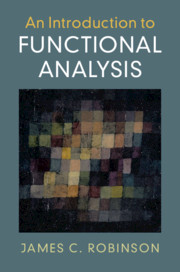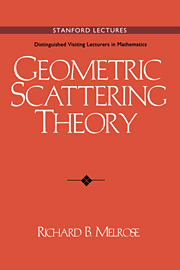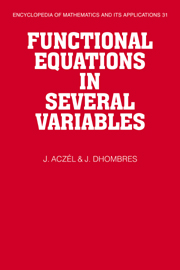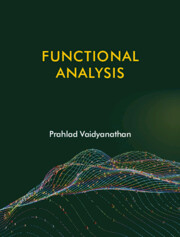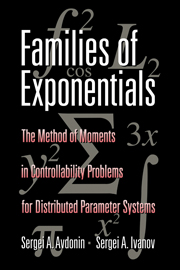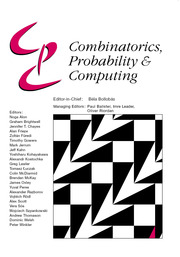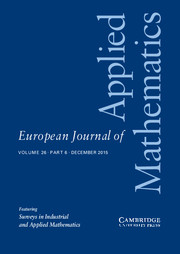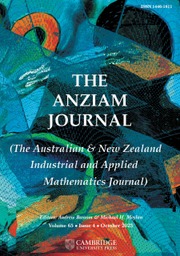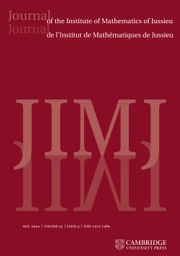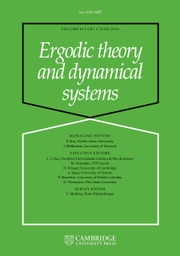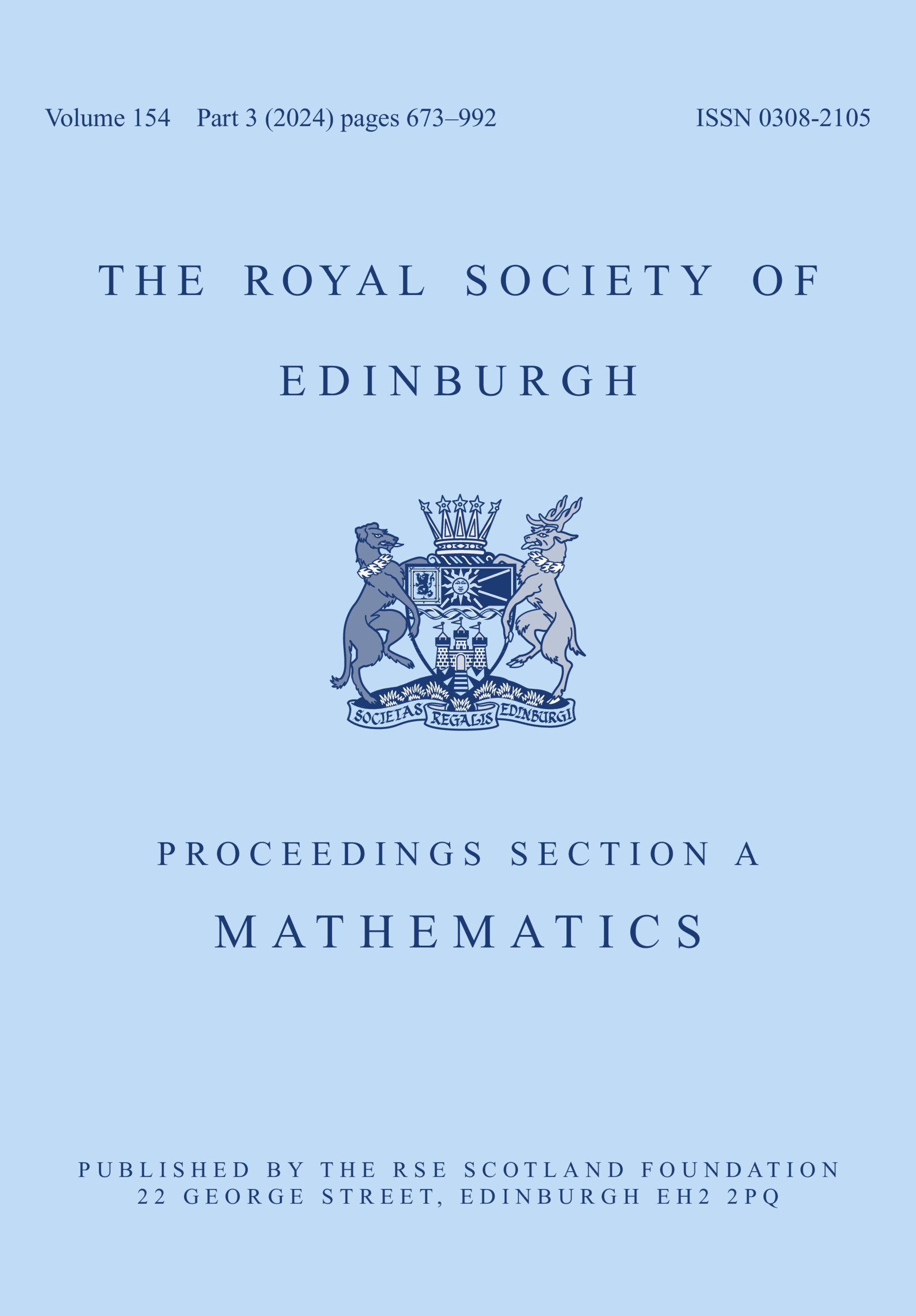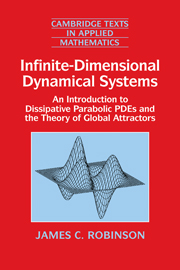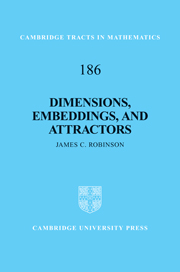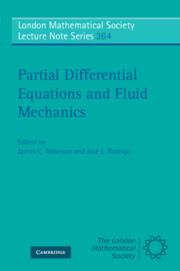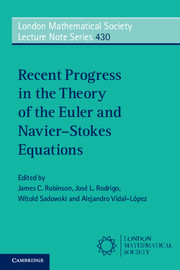An Introduction to Functional Analysis
£34.99
- Author: James C. Robinson, University of Warwick
- Date Published: March 2020
- availability: Available
- format: Paperback
- isbn: 9780521728393
£
34.99
Paperback
-
This accessible text covers key results in functional analysis that are essential for further study in the calculus of variations, analysis, dynamical systems, and the theory of partial differential equations. The treatment of Hilbert spaces covers the topics required to prove the Hilbert–Schmidt theorem, including orthonormal bases, the Riesz representation theorem, and the basics of spectral theory. The material on Banach spaces and their duals includes the Hahn–Banach theorem, the Krein–Milman theorem, and results based on the Baire category theorem, before culminating in a proof of sequential weak compactness in reflexive spaces. Arguments are presented in detail, and more than 200 fully-worked exercises are included to provide practice applying techniques and ideas beyond the major theorems. Familiarity with the basic theory of vector spaces and point-set topology is assumed, but knowledge of measure theory is not required, making this book ideal for upper undergraduate-level and beginning graduate-level courses.
Read more- Includes an extensive source of homework problems for instructors and independent study
- Presents functional analytical methods without a reliance on measure-theoretic results, making the topics more widely accessible
- Provides readers with a sense of accomplishment and closure by showing how both Hilbert space theory and Banach space theory aim towards major results with important applications
Reviews & endorsements
'This excellent introduction to functional analysis brings the reader at a gentle pace from a rudimentary acquaintance with analysis to a command of the subject sufficient, for example, to start a rigorous study of partial differential equations. The choice and order of topics are very well thought-out, and there is a fine balance between general results and concrete examples and applications.' Charles Fefferman, Princeton University, New Jersey
See more reviews'An Introduction to Functional Analysis covers everything that one would expect to meet in an undergraduate course on this elegant area and more, including spectral theory, the category-based theorems and unbounded operators. With a well-written narrative and clear detailed proofs, together with plentiful examples and exercises, this is both an excellent course book and a valuable reference for those encountering functional analysis from across mathematics and science.' Kenneth Falconer, University of St Andrews, Scotland
'This is a beautifully written book, containing a wealth of worked examples and exercises, covering the core of the theory of Banach and Hilbert spaces. The book will be of particular interest to those wishing to learn the basic functional analytic tools for the mathematical analysis of partial differential equations and the calculus of variations.' Endre Suli, University of Oxford
'… this is a valuable book. It is an accessible yet serious look at the subject, and anybody who has worked through it will be rewarded with a good understanding of functional analysis, and should be in a position to read more advanced books with profit.' Mark Hunacek, The Mathematical Gazette
Customer reviews
Not yet reviewed
Be the first to review
Review was not posted due to profanity
×Product details
- Date Published: March 2020
- format: Paperback
- isbn: 9780521728393
- length: 416 pages
- dimensions: 227 x 153 x 22 mm
- weight: 0.6kg
- contains: 17 b/w illus. 215 exercises
- availability: Available
Table of Contents
Part I. Preliminaries:
1. Vector spaces and bases
2. Metric spaces
Part II. Normed Linear Spaces:
3. Norms and normed spaces
4. Complete normed spaces
5. Finite-dimensional normed spaces
6. Spaces of continuous functions
7. Completions and the Lebesgue spaces Lp(Ω)
Part III. Hilbert Spaces:
8. Hilbert spaces
9. Orthonormal sets and orthonormal bases for Hilbert spaces
10. Closest points and approximation
11. Linear maps between normed spaces
12. Dual spaces and the Riesz representation theorem
13. The Hilbert adjoint of a linear operator
14. The spectrum of a bounded linear operator
15. Compact linear operators
16. The Hilbert–Schmidt theorem
17. Application: Sturm–Liouville problems
Part IV. Banach Spaces:
18. Dual spaces of Banach spaces
19. The Hahn–Banach theorem
20. Some applications of the Hahn–Banach theorem
21. Convex subsets of Banach spaces
22. The principle of uniform boundedness
23. The open mapping, inverse mapping, and closed graph theorems
24. Spectral theory for compact operators
25. Unbounded operators on Hilbert spaces
26. Reflexive spaces
27. Weak and weak-* convergence
Appendix A. Zorn's lemma
Appendix B. Lebesgue integration
Appendix C. The Banach–Alaoglu theorem
Solutions to exercises
References
Index.
Sorry, this resource is locked
Please register or sign in to request access. If you are having problems accessing these resources please email [email protected]
Register Sign in» Proceed
You are now leaving the Cambridge University Press website. Your eBook purchase and download will be completed by our partner www.ebooks.com. Please see the permission section of the www.ebooks.com catalogue page for details of the print & copy limits on our eBooks.
Continue ×Are you sure you want to delete your account?
This cannot be undone.
Thank you for your feedback which will help us improve our service.
If you requested a response, we will make sure to get back to you shortly.
×
